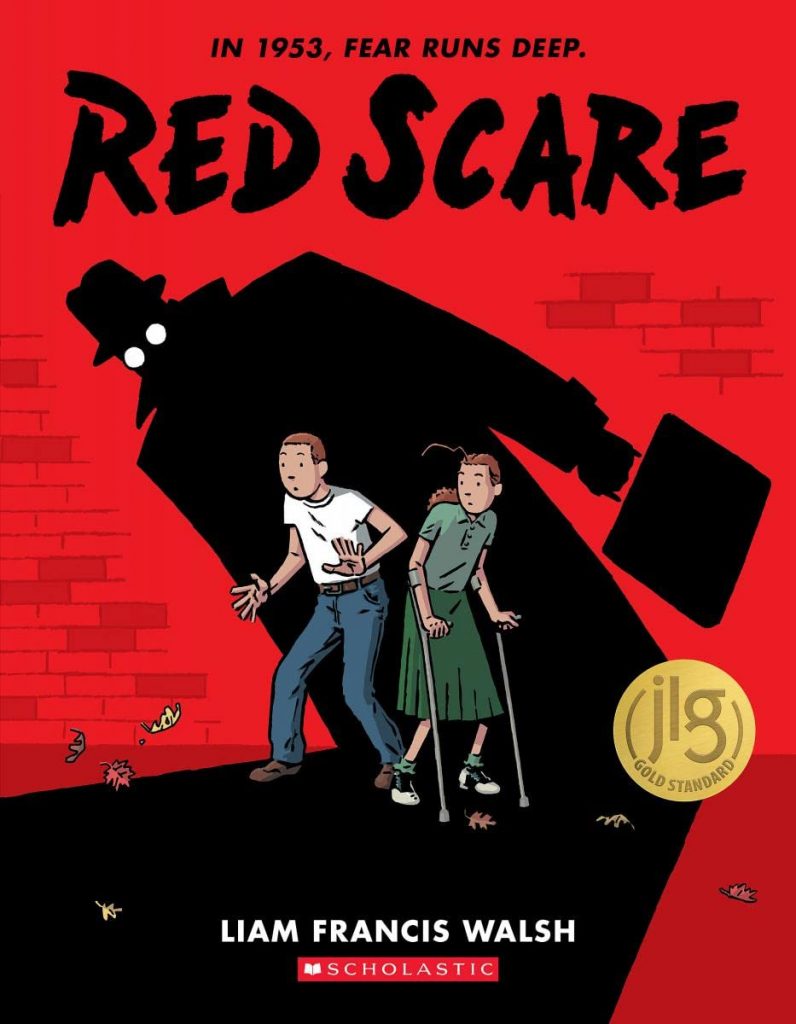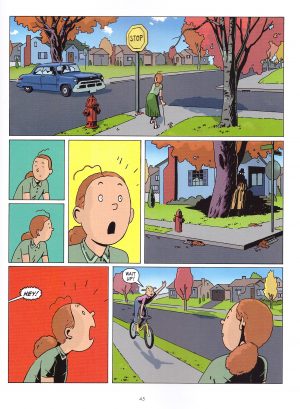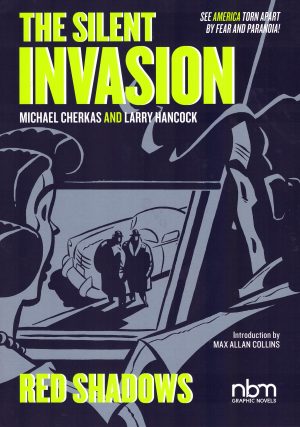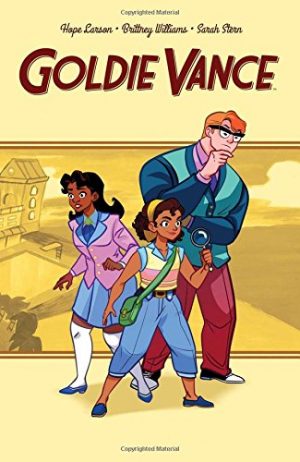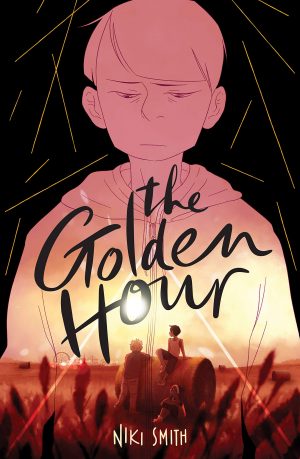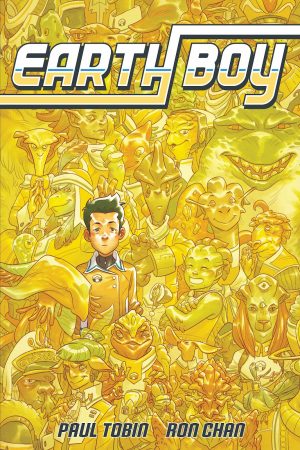Review by Ian Keogh
It’s 1953 and polio hasn’t yet been eradicated, which is hard on Peggy, who’s contracted the disease. Her heartless classmates use her disability for ridicule and abuse, and her brother is torn between supporting her and maintaining his own status. At least there’s some hope for her recovery, but Peggy is really reluctant to push herself through the painful exercises enabling improvement. Her life changes, though, when she finds a mysterious device. At first it provides her with an easier path, but 1953 is a time when Americans are seeing Communists behind every curtain, not quite sure what they look like, but certain they’re intent on destroying the American way of life.
For an American cartoonist there’s a fascinating European influence to Liam Francis Walsh’s art. It’s not current European art, but the cartoonists of the 1950s, the era defined in Red Scare and of the cartoonists who took their ligne claire style from Hergé. It’s great for showing personality, although he does resort to the occasional shadow to define an FBI agent who’s an intimidating combination of Lee Marvin and Tommy Lee Jones.
Peggy’s polio isn’t the only tragedy in her family. Her father returned from the Korean war unable to cope, and the period wasn’t great at understanding PTSD, never mind supplying any kind of help. Other matters combine to ensure Peggy has to make some adult decisions, but Walsh is clever in ensuring that prejudice is called out, and a more contemporary attitude is taken toward what constitutes protecting the country. That ties into Walsh not only presenting the idealised rural American town of the 1950s brightly coloured, but confronting the darker side of the coin in several respects. As the target audience can’t be expected to be familiar with the USA of the 1950s, Walsh closes the book with a few pages explaining the times and their limitations.
Smart choreography allied to tension ensures Red Scare’s final third is a rollercoaster thriller, previously foreshadowed elements paying off neatly, and Walsh applying cinematic suspense to assorted dangers and limitations. It’s staged to maximise the tension, but very well staged. There’s a clever surprise right at the end, tying in with other obsessions of the era, and a neatly plotted epilogue sequence seals a great young adult story. What a gem!
